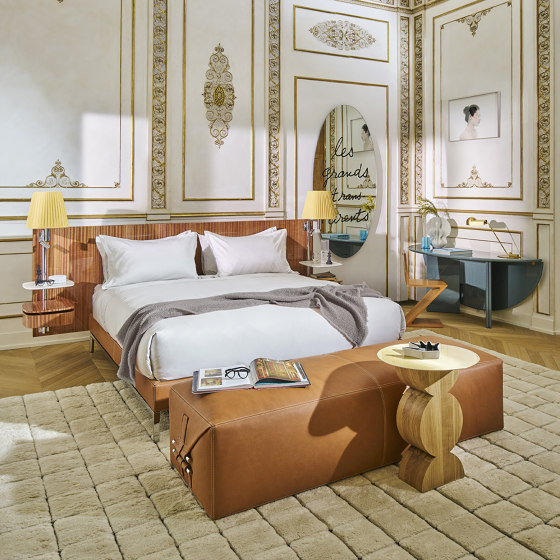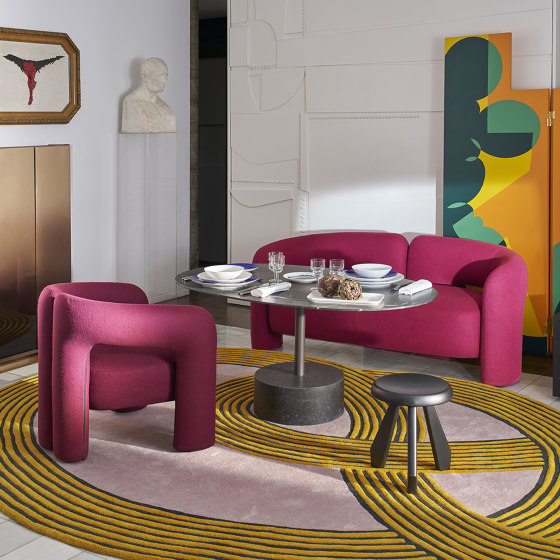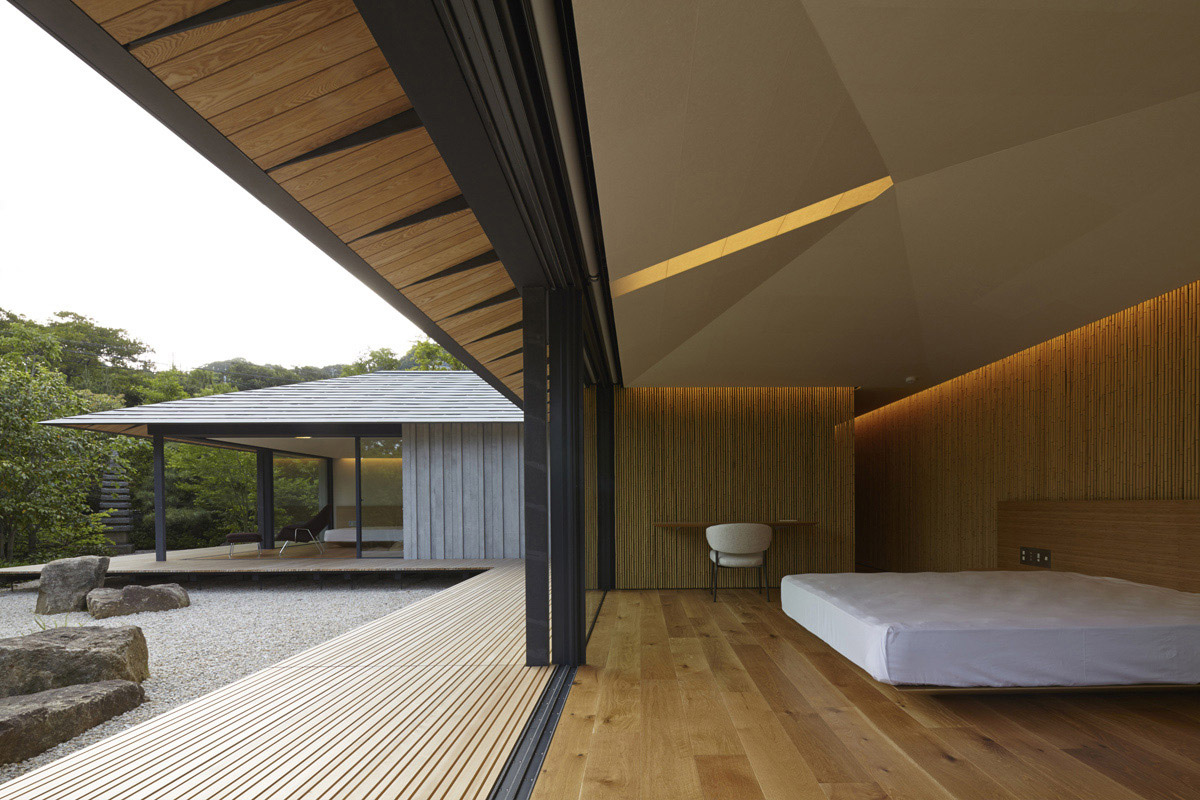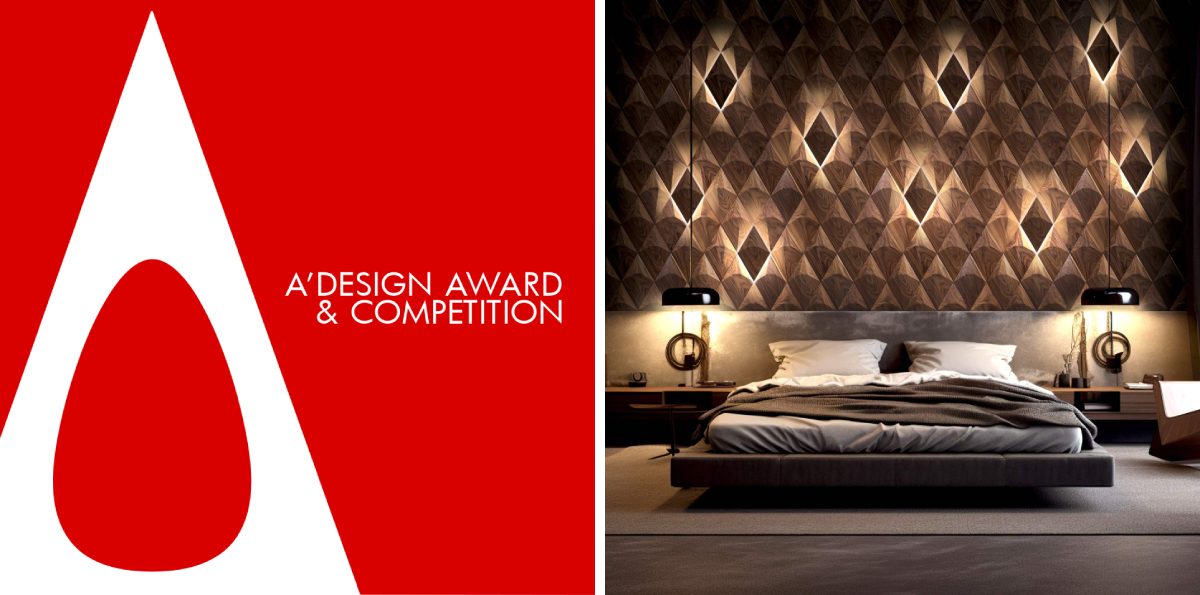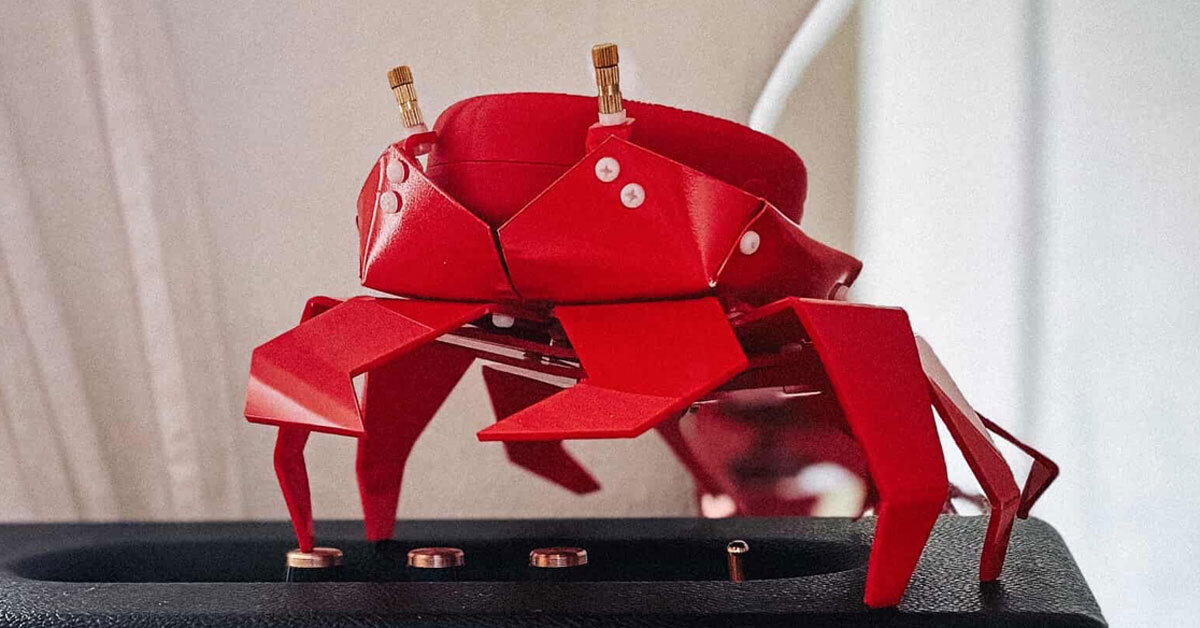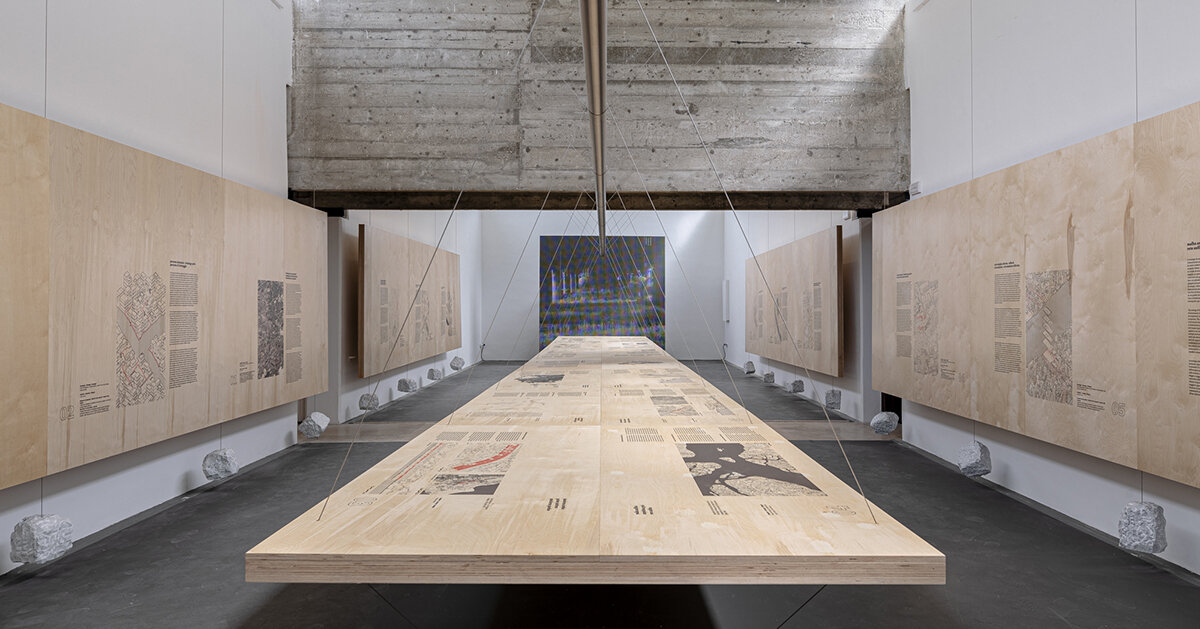Panel dissects the differences between fads, trends and timeless design
At High Point Market, panelists in the Howard Elliott showroom discussed the nuances of fads, trends and timeless design.

HIGH POINT—The mercurial nature of fads can be challenging for the home décor industry, which wants to be design forward, but also wants to respect the investment retailers and consumers are making in the pieces they purchase.
During the seminar “Fads, Trends & Timeless Design: What’s Here to Stay” at the Howard Elliott showroom, industry experts, led by moderator Allison Zisko, dissected the differences and how best to identify them.
“Think linear,” said Patti Carpenter, global trend ambassador, when defining what is a trend. “A trend is the direction in which things will move.” In contrast, she said, fads are vertical, going up and down quickly.
Gary Inman, principal at Gary Inman Interior Design, pointed to outdoor living to show how a trend is something that is significant and long-lasting. “It’s a bigger construct,” he said about a trend, adding it’s needed both culturally and functionally.
As the popularity of outdoor living has grown, for example, it has taken on the aesthetics associated with everyday living, including more luxurious fabrics and furnishings, such as lamps and lighting, that are closer to what is used for indoor living.
Carpenter said outdoor living was on the edge of becoming a trend prior to the pandemic, but that event—where people began moving everyday living outside of their homes—saw it take off. “Outdoor became more décor-inspired,” she said.
Deciding how to respond to trends and translate them into home décor requires active listening on the part of product developers, said Jody Ossman, director of design and development at Howard Elliott. “The challenge is what do we design and how do we present it,” he said. “The best thing we can do is listen to buyers and respond.”
Christopher Grubb, president of Arch Interiors Design Group, said the adoption of trends can be less clear with his clientele, who are putting in six- or seven-figure kitchens and baths. “My clients don’t want trends,” he said, but on the flip side, high-end designers don’t want to keep replicating the same design or use the same materials.
As to fads, Carpenter said fad isn’t a bad word, “but people don’t want to have fads in their homes. Take Barbie pink: “It was never meant to be in a home,” she said. Or, if it is, it is more of an accent color, such as “brat green,” a bright lime shade that may be best incorporated as a pillow or a tray.
You may not put a fad in your assortment, she said, but there still need to be special pieces. A rule of thumb is 10% fad, 20% trends and 70% timeless design. The largest portion of a company’s assortment should be good sellers, she said, but not all of it.
“If you want to be a good steward to a client,” said Inman, who noted boutique hotels want a design that will last for five to seven years, it’s best to do timeless design, but add trends through accents.
By watching how a particular color or finish is growing within the market can determine if it will become a trend, said Grubb. He has been watching satin brass, which appeared in limited use at first, consistently pick up steam, “which means it is selling, and then you see it take off.”
Knowing whether something will take off is instinctual in some cases, said Carpenter. “Something hits you and you know it will continue. Other times you make a note of it and watch it.”
Social media is another outlet for determining trends, although as Carpenter pointed out, what the trade sees on social may be different from what the average consumer sees. When Inman noted the oversaturation of ikat, Carpenter responded: “The customer isn’t seeing it as much as the people in the design world.”
There’s also room in the world of trends for products that aren’t new, such as antiques or designs from the past that are reimagined for the current marketplace.
“I don’t avoid the new, but I find comfort in the past,” said Ossman, whether that is French antiques or ideas from the ‘70s. As a designer, Ossman said he asks himself: “What if I go back to the past and interpret it? There is a balance. That’s a big thing for me. We have to find balance in those things we use as inspiration.”
Whether a product is trending or timeless, the panelists agreed that it is important to tell the story behind it. In addition to social media, Grubb suggested using a video, while Ossman noted that Howard Elliott has tried putting stories with products. Another way to tell stories, said Carpenter is to bring in artisans to show how products are made. “It brings a different appreciation for a product.”
See also:
What's Your Reaction?












